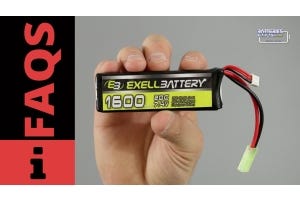How to Repair a Laptop Battery

Like all energy storage devices, batteries that power a laptop eventually lose their capacity to hold a charge. Repairing a battery is generally more cost effective than replacing the whole thing because you can retain the digital circuitry that controls it. Laptops usually have a battery check program that enables you to evaluate the condition of the device. The program will recommend that you replace the battery when one or more cells have low capacity or have completely lost the ability to accept a charge.
Check the Battery Status
If the program to check your battery status is not already on your computer, you can download and install the appropriate program. After you run the program, the system will generate a report regarding the overall status of the battery. A single bad cell can shorten the total life of the laptop battery pack. If your laptop has multiple batteries, you must run the check on each specific one. Before you repair your laptop battery, ensure that you read and understand the terms of your computer warranty.
Drain and Remove the Laptop Battery
It is essential that you fully drain the battery before removing it from your computer. This ensures that all cells will have an equivalent charge when you install the new components. Use a screwdriver to remove the back of the battery pack. To avoid damaging your laptop, you must use power cells with the same chemical composition and power rating recommended by the manufacturer. Record the model number of the battery and the part number of each cell so that you order the correct replacements.
Remove the Old Cells
Use a utility knife to cut open the plastic that encloses the power cells. Before removing the power cells from the battery tray and disconnecting the lead wires, verify whether the laptop battery needs to maintain a charge in order to retain any data in a memory, such as the resistor value or fuel gauge function. In these instances, you must maintain a secondary power source to the circuit while replacing the worn out cells. Ensure that you disconnect and reconnect the wires in the proper sequence. This may require the assistance of a voltmeter to properly determine which are the positive, negative, clock and data connections for the battery circuit.
Install the New Cells
Place the new power cells in the tray, connect the electrical contacts and cover them with the plastic. Batteries normally remain in the correct position, but you may need to bond them into place if the wires were damaged when the power cells were removed. When soldering, it is critical that you avoid excess heat that can damage the cells or electrical circuit. Reassemble the battery pack housing.
Install the Battery
Determine whether your battery has an on/off switch. A laptop battery that cannot be turned on when the circuit is connected to a ground may require a special code from the manufacturer. Verify that the polarization is correct and that you are using a compatible charger. Use a slow charge if the cells have a different state-of-charge. Do not try to charge damaged cells or ones with different chemical properties. Fully charge the batteries before using the laptop.






